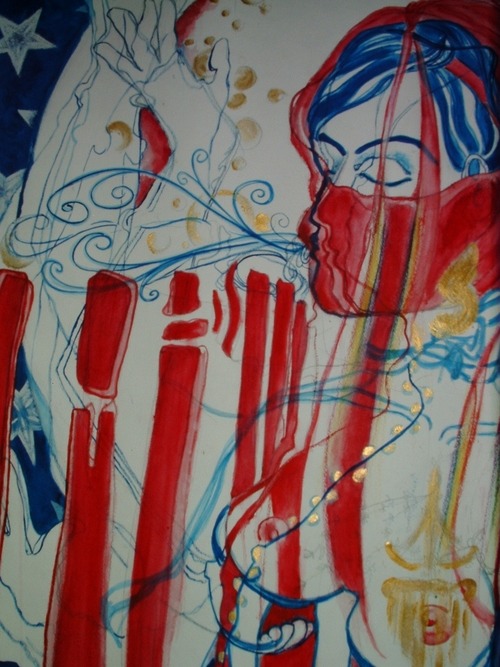Individual liberties & first amendment rights heralded by Supreme Court 8-0 unanimous decision in Hustler v. Falwell case

http://en.wikipedia.org/wiki/Hustler_Magazine_v._Falwell#Court_ruling
Court ruling
“At the heart of the First Amendment is the recognition of the fundamental importance of the free flow of ideas and opinions on matters of public interest and concern. The freedom to speak one’s mind is not only an aspect of individual liberty – and thus a good unto itself – but also is essential to the common quest for truth and the vitality of society as a whole. We have therefore been particularly vigilant to ensure that individual expressions of ideas remain free from governmentally imposed sanctions.” The First Amendment envisions that the sort of robust political debate that takes place in a democracy will occasionally yield speech critical of public figures who are “intimately involved in the resolution of important public questions or, by reason of their fame, shape events in areas of concern to society at large”. In New York Times, the Court held that the First Amendment gives speakers immunity from sanction with respect to their speech concerning public figures unless their speech is both false and made with “actual malice”, i.e., with knowledge of its falsehood or with reckless disregard for the truth of the statement. Although false statements lack inherent value, the “breathing space” that freedom of expression requires in order to flourish must tolerate occasional false statements, lest there be an intolerable chilling effect on speech that does have constitutional value.
To be sure, in other areas of the law, the specific intent to inflict emotional harm enjoys no protection. But with respect to speech concerning public figures, penalizing the intent to inflict emotional harm, without also requiring that the speech that inflicts that harm to be false, would subject political cartoonists and other satirists to large damage awards. “The appeal of the political cartoon or caricature is often based on exploitation of unfortunate physical traits or politically embarrassing events – an exploitation often calculated to injure the feelings of the subject of the portrayal”. This was certainly true of the cartoons of Thomas Nast, who skewered Boss Tweed in the pages of Harper’s Weekly. From a historical perspective, political discourse would have been considerably poorer without such cartoons.
Even if Nast’s cartoons were not particularly offensive, Falwell argued that the Hustler parody advertisement in this case was so “outrageous” as to take it outside the scope of First Amendment protection. But “outrageous” is an inherently subjective term, susceptible to the personal taste of the jury empaneled to decide a case. Such a standard “runs afoul of our longstanding refusal to allow damages to be awarded because the speech in question may have an adverse emotional impact on the audience”. So long as the speech at issue is not “obscene” and thus not subject to First Amendment protection, it should be subject to the actual-malice standard when it concerns public figures.
Clearly, Falwell was a public figure for purposes of First Amendment law. Because the district court found in favor of Flynt on the libel charge, there was no dispute as to whether the parody could be understood as describing facts about Falwell or events in which he participated. Accordingly, because the parody did not make false statements that were implied to be true, it could not be the subject of damages under the New York Times actual-malice standard. The Court thus reversed the judgment of the Fourth Circuit
